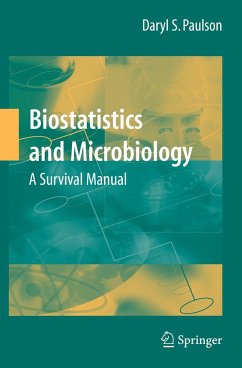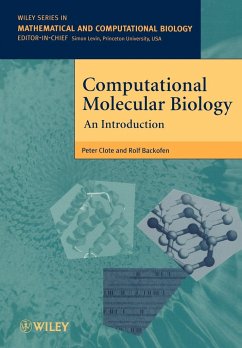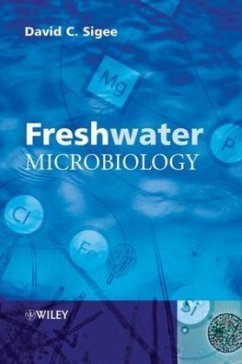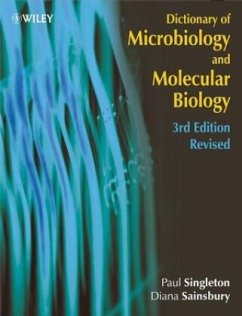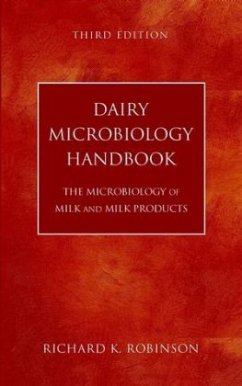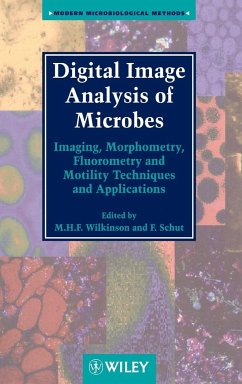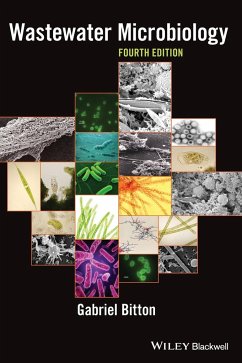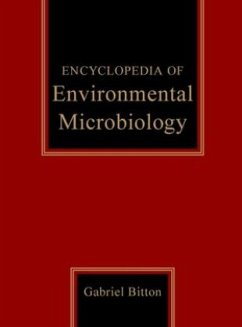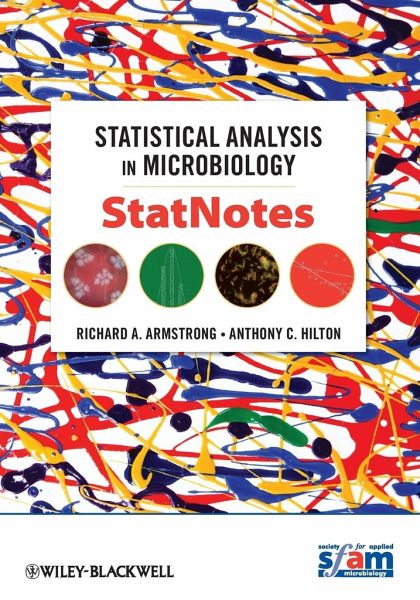
Statistical Analysis in Microbiology
Statnotes
Versandkostenfrei!
Versandfertig in über 4 Wochen
61,99 €
inkl. MwSt.

PAYBACK Punkte
31 °P sammeln!
Statistical Analysis in Microbiology: StatNotes has been designed specifically for microbiologists who are involved in experimental research and need to draw accurate conclusions from their findings. It features twenty-eight StatNotes that together enable you to understand the basic principles of statistics, choose the correct statistical methods to analyze your experimental data, and work with a variety of commercially available statistical software packages. These StatNotes are based on a series of popular articles published in Microbiologist, the official magazine of the Society for Applied...
Statistical Analysis in Microbiology: StatNotes has been designed specifically for microbiologists who are involved in experimental research and need to draw accurate conclusions from their findings. It features twenty-eight StatNotes that together enable you to understand the basic principles of statistics, choose the correct statistical methods to analyze your experimental data, and work with a variety of commercially available statistical software packages. These StatNotes are based on a series of popular articles published in Microbiologist, the official magazine of the Society for Applied Microbiology. They explore a variety of topics in statistics that are essential for analyzing experimental data, including: * Nature of variables * Comparison of means of two or more groups * Non-parametric statistics * Analysis of variance * Correlation of variables * Multiple linear regression and factor analysis Throughout the book, the logic and mechanics of each statistical test presented are carefully explained. Moreover, each statistical test is illustrated with examples drawn from actual experiments and research data in microbiology. As a result, you can clearly see how each test is interpreted and what types of conclusions can be drawn from the research data. In the back of the book, you'll find a glossary of statistical terms and their abbreviations as well as a summary of sample size calculations. You'll also find two appendices that help you select the most appropriate statistical tests based on the type of research you're conducting and the type of data that you're gathering. Given the wide variety of statistical software packages, it's essential that you understand the underlying principles and purpose of each statistical method; applying an inappropriate statistical test can easily lead to the wrong conclusions. Written specifically for microbiologists, the highly acclaimed and popular StatNotes enable you to choose which statistical methods should be applied to analyze and draw correct conclusions from your experimental data.



